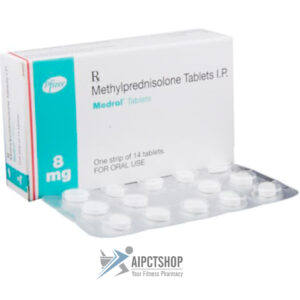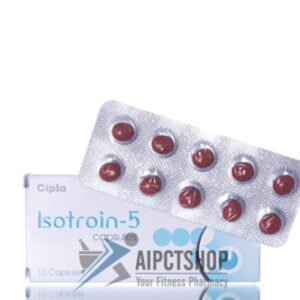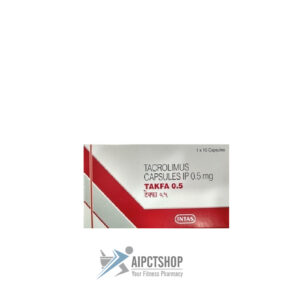Procarbazine Information
Pronunciation
(proe KAR ba zeen)
What is this drug used for?
– It is used to treat a type of lymphoma.
– It may be given to you for other reasons. Talk with the doctor.
Frequently reported side effects of this drug
– Fatigue
– Nausea
– Vomiting
– Lack of appetite
– Dry mouth
– Hair loss
– Abdominal pain
– Constipation
– Headache
– Muscle pain
– Joint pain
– Skin discoloration
– Flushing
– Trouble sleeping
Other side effects of this drug: Talk with your doctor right away if you have any of these signs of:
– Infection
– Bleeding like vomiting blood or vomit that looks like coffee grounds; coughing up blood; blood in the urine; black, red, or tarry stools; bleeding from the gums; abnormal vaginal bleeding; bruises without a reason or that get bigger; or any severe or persistent bleeding
– Liver problems like dark urine, fatigue, lack of appetite, nausea, abdominal pain, light-colored stools, vomiting, or yellow skin
– Shortness of breath
– Severe dizziness
– Passing out
– Fast heartbeat
– Swelling
– Confusion
– Sensitivity to light
– Passing a lot of urine
– Sweating a lot
– Slurred speech
– Enlarged breasts (males)
– Diarrhea
– Burning or numbness feeling
– Vision changes
– Eye pain
– Severe eye irritation
– Nightmares
– Hearing loss
– Tremors
– Seizures
– Change in balance
– Severe loss of strength and energy
– Mouth irritation
– Mouth sores
– Trouble swallowing
– Involuntary eye movements
– Mood changes
– Sensing things that seem real but are not
– Signs of a significant reaction like wheezing; chest tightness; fever; itching; bad cough; blue skin color; seizures; or swelling of face, lips, tongue, or throat.
Medication Safety Issues
Sound-alike/look-alike issues:
Matulane may be confused with mitotane.
Procarbazine may be confused with dacarbazine
International issues:
Matulane [US, Canada] may be confused with Materna brand name for vitamin with minerals [multiple international markets]
High alert medication:
This medication is in a class the Institute for Safe Medication Practices (ISMP) includes among its list of drug classes which have a heightened risk of causing significant patient harm when used in error.
Storage and Stability
Protect from light.
Adverse Reaction
Cardiovascular: Edema, flushing, hypotension, syncope, tachycardia
Central nervous system: Apprehension, ataxia, chills, coma, confusion, depression, dizziness, drowsiness, falling, fatigue, hallucination, headache, hyporeflexia, insomnia, lethargy, nervousness, neuropathy, nightmares, pain, paresthesia, seizure, slurred speech, unsteadiness
Dermatologic: Alopecia, dermatitis, diaphoresis, hyperpigmentation, pruritus, skin rash, urticaria
Endocrine & metabolic: Gynecomastia (in prepubertal and early pubertal males)
Gastrointestinal: Abdominal pain, anorexia, constipation, diarrhea, dysphagia, hematemesis, melena, nausea and vomiting (increasing the dose in a stepwise fashion over several days may minimize), stomatitis, xerostomia
Genitourinary: Azoospermia (reported with combination chemotherapy), hematuria, nocturia, reduced fertility
Hematologic & oncologic: Anemia, bone marrow depression, eosinophilia, hemolysis (in patients with G6PD deficiency), hemolytic anemia, malignant neoplasm (secondary; nonlymphoid; reported with combination therapy), pancytopenia, petechia, purpura, thrombocytopenia
Hepatic: Hepatic insufficiency, jaundice
Hypersensitivity: Hypersensitivity reaction
Infection: Herpes virus infection, increased susceptibility to infection
Neuromuscular & skeletal: Arthralgia, foot-drop, myalgia, tremor, weakness
Ophthalmic: Accommodation disturbance, diplopia, nystagmus, papilledema, photophobia, retinal hemorrhage
Otic: Hearing loss
Renal: Polyuria
Respiratory: Cough, epistaxis, hemoptysis, hoarseness, pleural effusion, pneumonitis, pulmonary toxicity
Miscellaneous: Fever










Reviews
There are no reviews yet